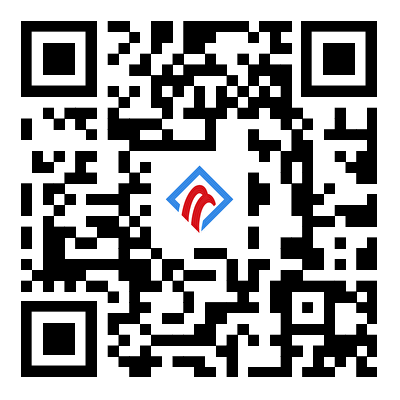Features of Rubber Gasket
2023-10-17
Rubber gaskets are versatile sealing components used in various industries to prevent leaks, protect against contaminants, dampen vibrations, and provide a reliable seal between two mating surfaces. They come in various shapes, sizes, and materials, but here are some common features and characteristics of rubber gaskets:
Elasticity: Rubber gaskets are highly elastic, allowing them to conform to irregular surfaces and create a tight seal. They can be compressed or deformed to accommodate variations in the mating surfaces.
Sealing Properties: Rubber gaskets provide an effective seal, preventing the passage of liquids, gases, and particulate matter between the joined surfaces. They are commonly used in applications where maintaining a hermetic or watertight seal is crucial.
Chemical Resistance: Depending on the type of rubber used (e.g., neoprene, EPDM, silicone), rubber gaskets can offer resistance to a wide range of chemicals, oils, and solvents. The choice of rubber material depends on the specific chemical environment of the application.
Temperature Resistance: Rubber gaskets can withstand a wide range of temperatures, from extreme cold to high heat. Specialized rubber compounds can be used for applications requiring resistance to extreme temperatures.
Flexibility: Rubber gaskets remain flexible over time, even when exposed to environmental factors like sunlight and weather. This flexibility ensures that the gasket maintains its sealing properties.
Vibration Damping: Rubber gaskets can absorb and dampen vibrations and shocks, making them suitable for applications where vibration control is important, such as automotive and machinery.
Electrical Insulation: Some rubber gaskets have electrical insulating properties, making them useful in applications where electrical conductivity needs to be avoided or controlled.
Tear and Abrasion Resistance: Rubber gaskets are typically resistant to tearing and abrasion, ensuring their durability and longevity in various applications.
Easy Installation: Rubber gaskets are relatively easy to install. They can be cut or molded to fit the specific shape and size required for the application.
Customization: Rubber gaskets can be customized in terms of shape, thickness, and material composition to meet the specific requirements of an application.
FDA Compliance: Certain rubber materials, such as food-grade silicone, can meet FDA (U.S. Food and Drug Administration) requirements for applications involving food and pharmaceuticals.
Noise Reduction: Rubber gaskets can help reduce noise transmission between components, making them useful in soundproofing and acoustical applications.
UV Resistance: Some rubber materials are UV-resistant, making them suitable for outdoor applications where exposure to sunlight is a concern.
Compression Set Resistance: Rubber gaskets are designed to resist permanent deformation, known as compression set, even when subjected to repeated compression and relaxation cycles.
Various Shapes and Profiles: Rubber gaskets are available in a wide range of shapes and profiles, including O-rings, grommets, sheets, and more, to suit different sealing needs.
The choice of rubber gasket material and design depends on the specific requirements of the application, including factors such as temperature, pressure, chemical exposure, and environmental conditions. Proper selection and installation of the gasket are critical to ensure effective sealing and long-term performance.


